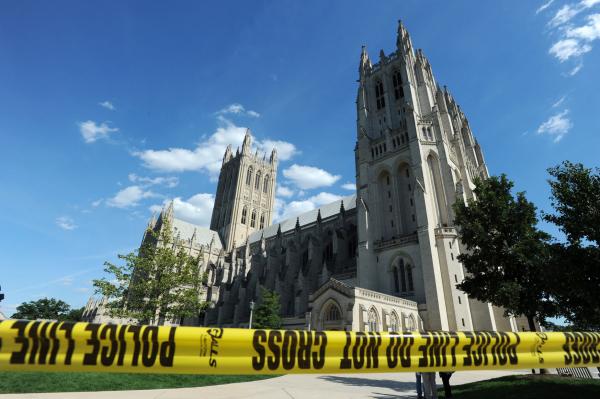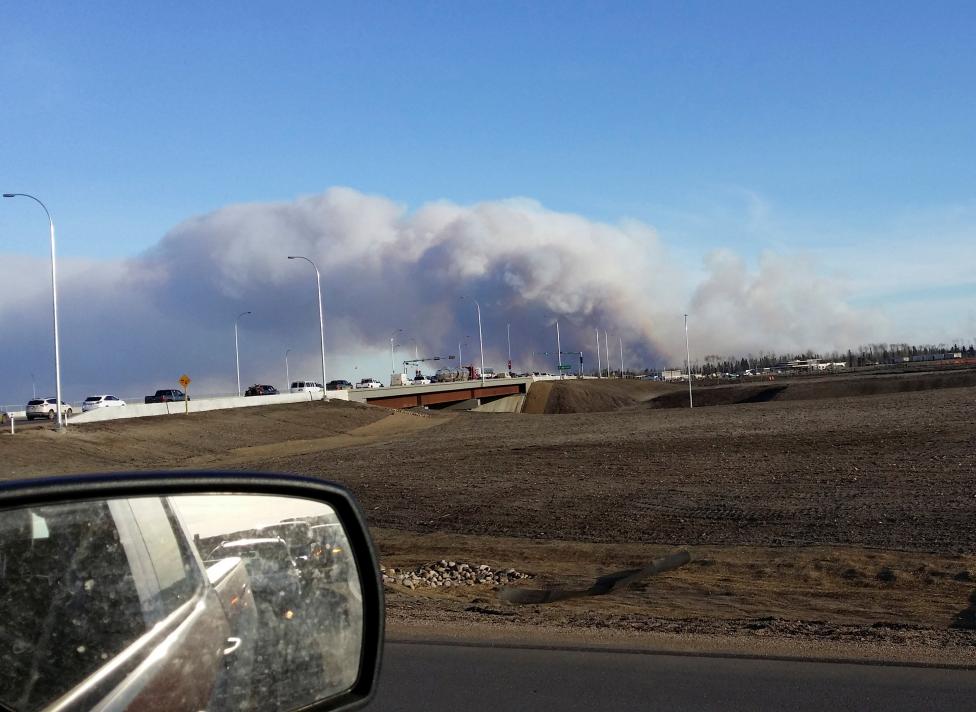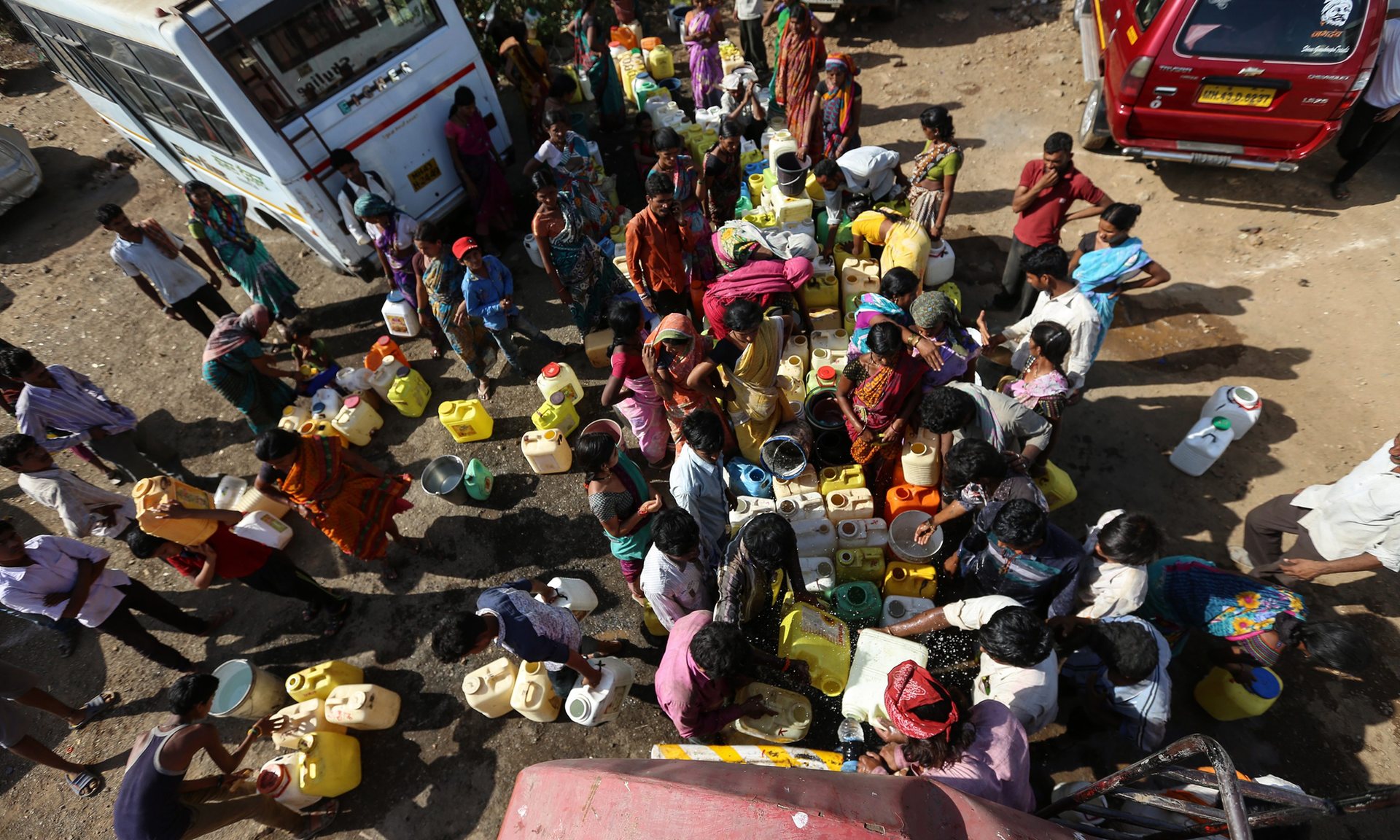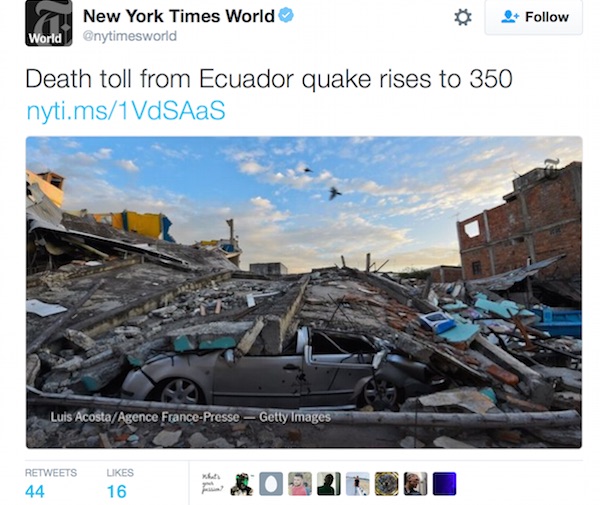 MOSCOW, May 5. /TASS/. As many as 45 wildfires on an overall area of 5,900 hectares are reported across Russia, with the wildfire season starting in 77 Russian regions, the press service of the Federal Forest Protection Service said on Thursday.
MOSCOW, May 5. /TASS/. As many as 45 wildfires on an overall area of 5,900 hectares are reported across Russia, with the wildfire season starting in 77 Russian regions, the press service of the Federal Forest Protection Service said on Thursday.
The biggest wildfires are reported in the Far Eastern Amur regions (3,900 hectares) and in the Siberian republic of Buryatia (1,400 hectares).
Wildfires are also reported in the Transbaikal and Krasnoyarsk Territories, in the republic of Tuva, in the Tomsk, Sverdlovsk, and Vologda regions. Source
 As drought sucks regions of Maharastra and Telangana dry, the Himalayas are getting singed by forest fires.
As drought sucks regions of Maharastra and Telangana dry, the Himalayas are getting singed by forest fires. CHAPEL HILL, N.C., May 3 (UPI) —
CHAPEL HILL, N.C., May 3 (UPI) —
 About 330 million people are affected by drought in
About 330 million people are affected by drought in  A flurry of earthquakes and volcanic eruptions wreaked havoc around the globe in the past week and reignited widespread interest in the natural time bombs beneath humanity’s feet.
A flurry of earthquakes and volcanic eruptions wreaked havoc around the globe in the past week and reignited widespread interest in the natural time bombs beneath humanity’s feet. TOKYO — Seismic activity in southern Japan is mystifying geologists and keeping the nation on edge.
TOKYO — Seismic activity in southern Japan is mystifying geologists and keeping the nation on edge.
